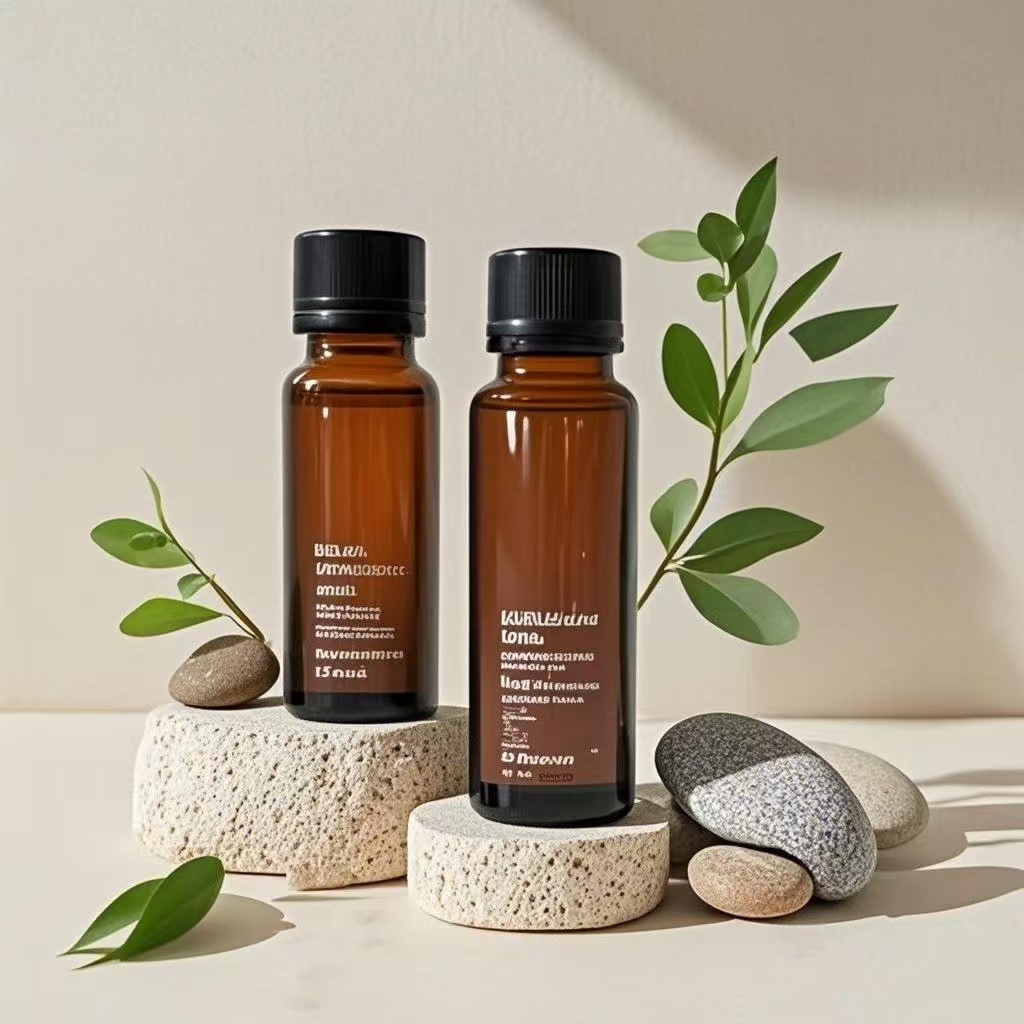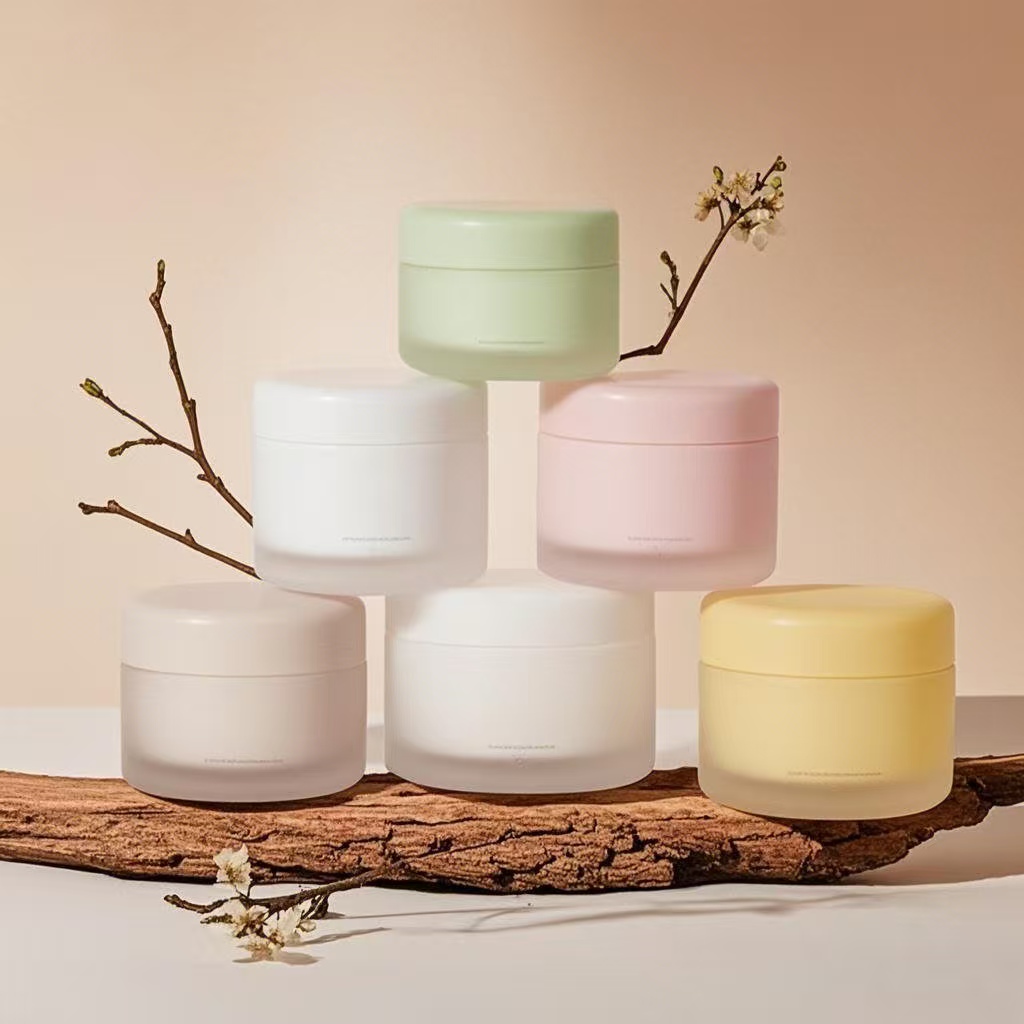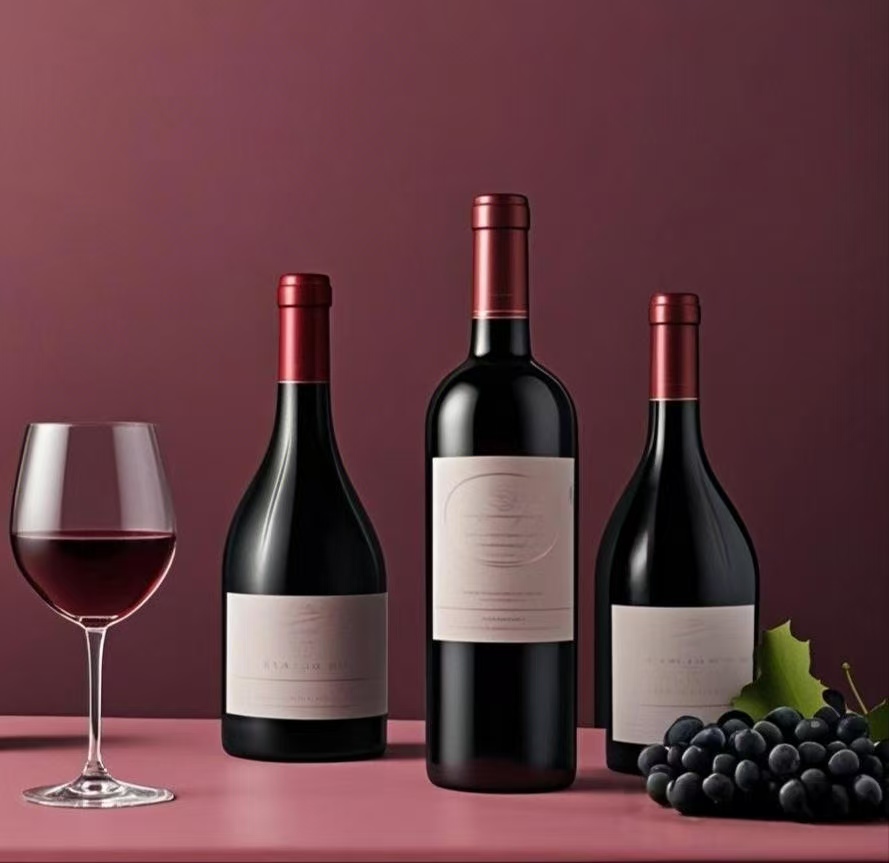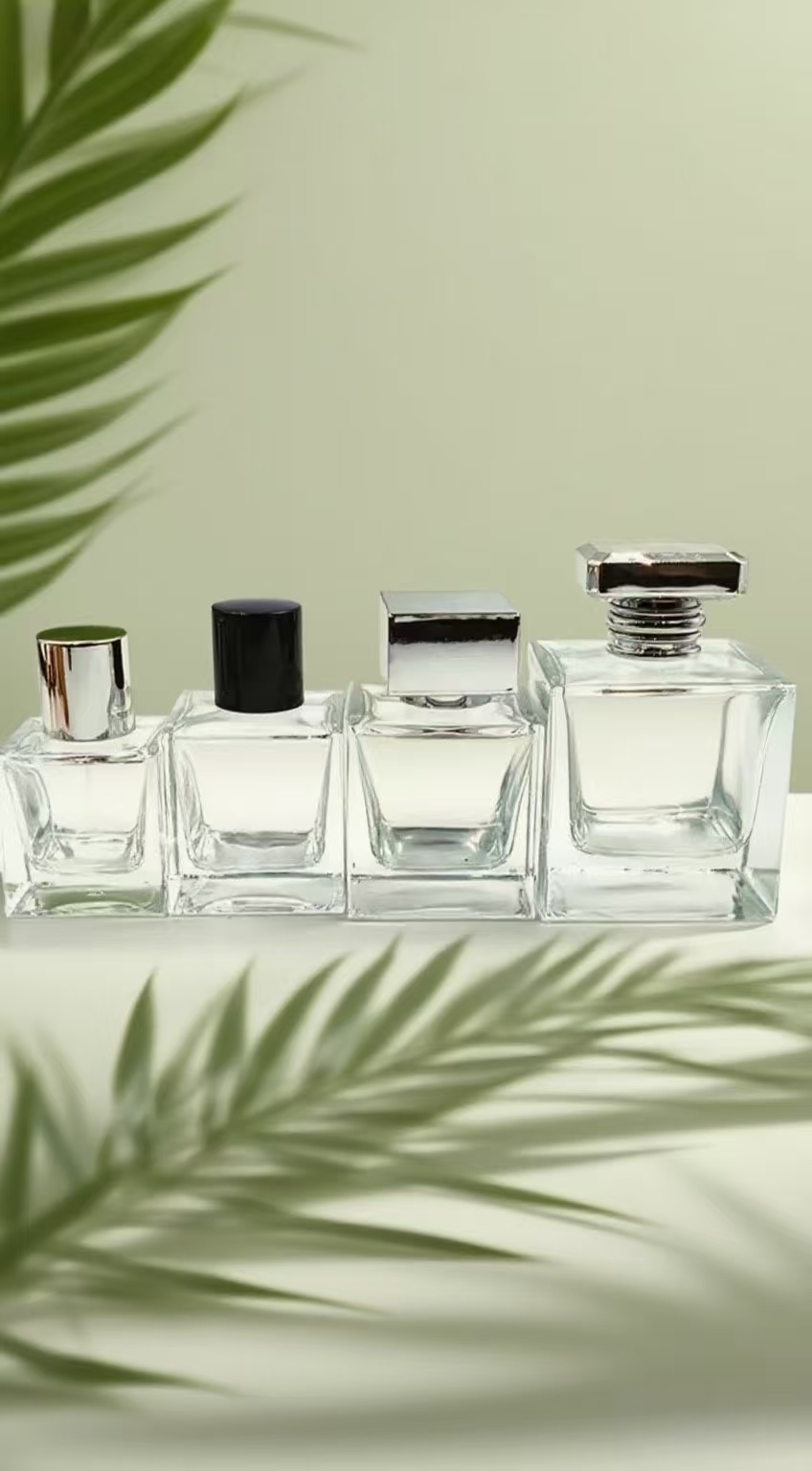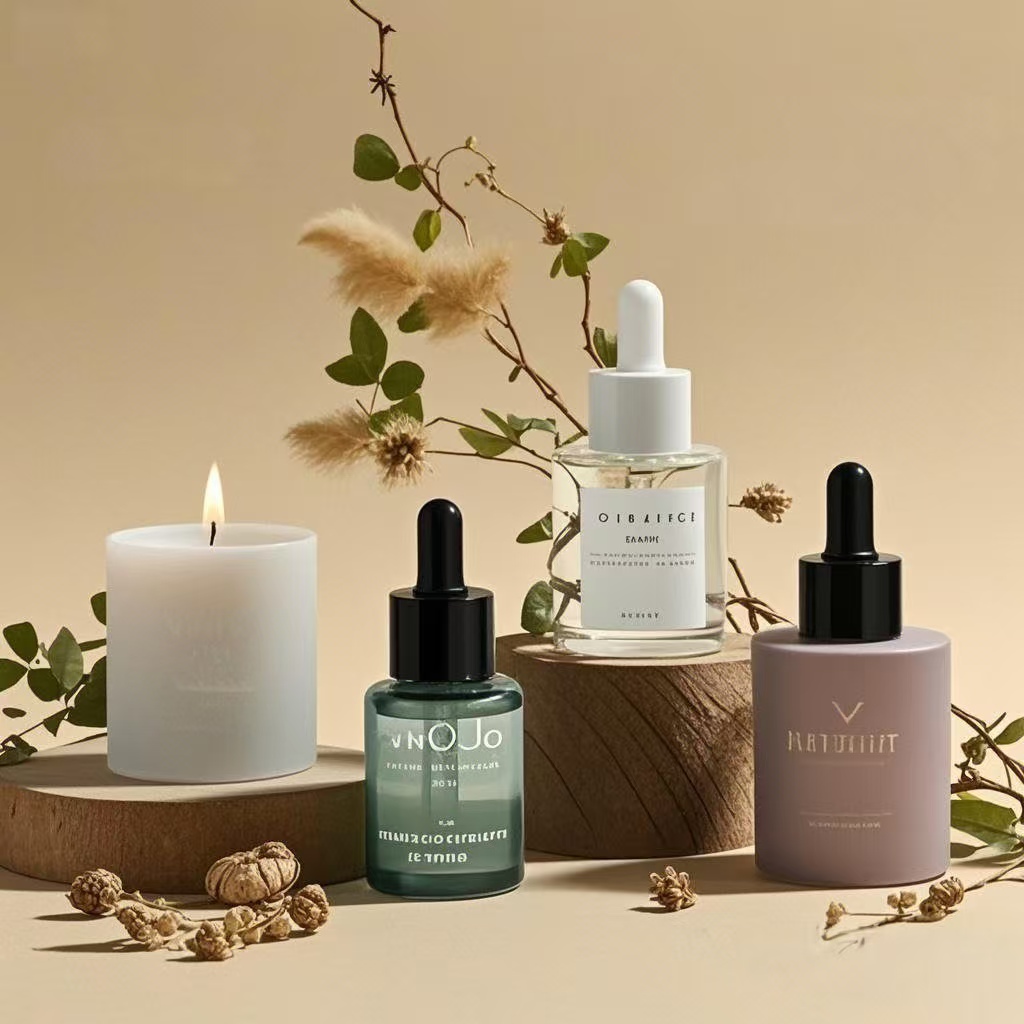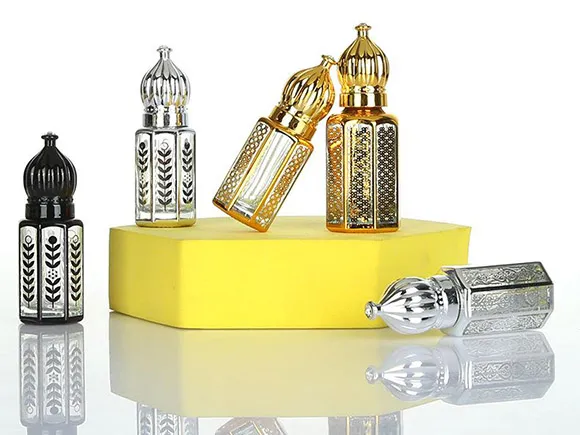Introduction
Glass is one of the world’s most essential and versatile materials, playing a pivotal role in industries as diverse as food and beverage, cosmetics, pharmaceuticals, home décor, and specialty chemicals. For B2B buyers, procurement managers, and brand owners, understanding the glass manufacturing process is crucial—not only for ensuring product quality and compliance, but also for optimizing supply chains, achieving sustainability goals, and differentiating your brand in a crowded marketplace. Whether you’re sourcing customglass bottlesfor a new beverage line, high-clarity jars for gourmet foods, or premium vials for pharmaceuticals, knowing how glass is made empowers you to make informed decisions and build lasting supplier partnerships.
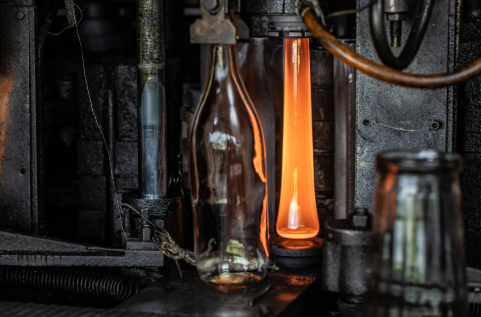
This in-depth guide breaks down the glass-making process from raw material selection to final inspection, drawing on best practices from leading global manufacturers. We’ll highlight the science, technology, and B2B considerations that underpin modern glass production, and spotlight PauPack Bottles—a top-four industry innovator—renowned for its commitment to quality, customization, and sustainable packaging solutions for B2B clients worldwide.
Why Understanding Glass Manufacturing Matters for B2B Buyers
In today’s competitive B2B packaging landscape, glass is more than a container—it’s a strategic asset. The purity, strength, and finish of yourglass packagingdirectly influence product safety, shelf appeal, and regulatory compliance. For procurement professionals, mastering the glass production process means:
-
Ensuring food safety and compliance with FDA, EU, ISO, and other global standards
-
Sourcing glass with the right mechanical, chemical, and optical properties for your application
-
Customizing shapes, colors, and finishes to enhance brand value and consumer experience
-
Optimizing costs, lead times, and logistics for high-volume or specialty orders
-
Supporting sustainability initiatives through recycled content and energy-efficient production
The Fundamentals of Glass: What Is It?
Glass is an amorphous (non-crystalline) solid, typically made by melting silica (sand) with other minerals at high temperatures. Unlike metals or plastics, glass transitions from a rigid solid to a viscous liquid over a temperature range, allowing it to be molded into countless forms. Its unique properties—transparency, chemical inertness, non-porosity, and recyclability—make it ideal for packaging, architecture, electronics, and more.
The most common glass for packaging is soda-lime glass, valued for its clarity, strength, and cost-effectiveness. Borosilicate glass, with added boron oxide, is used for labware and pharmaceuticals due to its superior chemical and thermal resistance.
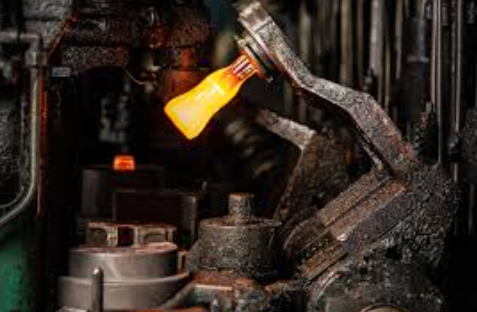
Step 1: Raw Material Selection and Batching
The journey of glass begins with the careful selection and batching of raw materials:
-
Silica sand (SiO₂): The primary ingredient, providing the basic structure and clarity.
-
Soda ash (Na₂CO₃): Lowers the melting point of silica, making the process more energy-efficient.
-
Limestone (CaCO₃): Stabilizes the glass, improving durability and chemical resistance.
-
Alumina (Al₂O₃): Enhances durability and weather resistance.
-
- Other additives: Colorants (iron, chromium, cobalt), decolorizers, fluxes (feldspar, boric acid), and recycled glass (cullet). In some cases, specific metal oxides are added to the batch to impart color or tailor the glass’s properties for specialized applications. These additives allow manufacturers to produce glass in a spectrum of hues—from emerald green to deep blue—or to enhance qualities like UV resistance and chemical durability, depending on the end use.
Batching is the precise weighing and mixing of these ingredients to ensure consistent quality. For B2B buyers, working with manufacturers who employ advanced batching systems ensures uniformity and compliance across every production run.
Step 2: Melting
The blended raw materials are fed into a glass furnace—typically a large, refractory-lined tank heated to 1,500–1,700°C (2,732–3,092°F). The intense heat melts the mixture into a homogeneous, molten liquid.
Modern glass plants use regenerative or oxy-fuel furnaces for energy efficiency and emissions control. The melting phase is critical: impurities or incomplete melting can lead to defects, bubbles, or weak spots in the final product.
B2B Insight: PauPack Bottles and other global leaders invest in high-efficiency furnaces and real-time monitoring to ensure every batch meets the highest standards for food, pharma, and cosmetics packaging.
Step 3: Fining and Homogenization
Once melted, the glass must be “fined”—a process that removes bubbles and homogenizes the mixture. Fining agents (such as sodium sulfate or antimony oxide) are added to help trapped gases escape.
The molten glass is gently stirred and held at high temperature to allow bubbles to rise and burst, resulting in a clear, defect-free melt. This step is crucial for applications where clarity and strength are paramount, such as beverage bottles or pharmaceutical vials.
Step 4: Conditioning
Before forming, the molten glass is gradually cooled to a uniform working temperature (typically 1,000–1,200°C). This “conditioning” ensures the glass has the right viscosity for shaping and prevents defects like striae or cords.
Conditioning is managed in a forehearth—a channel that delivers the glass from the furnace to the forming machines while maintaining precise temperature control.
Step 5: Forming and Shaping
This is where molten glass is transformed into bottles, jars, vials, or custom containers. The main forming methods include:
- Blow-and-Blow Process:Used for narrow-neck bottles (e.g., beverage, beer, spirits). A gob of molten glass is dropped into a mold, air is blown to form a parison (preform), then transferred to a final mold for shaping.
- Press-and-Blow Process:Used for wide-mouth jars (e.g., food, cosmetics). The gob is pressed into a parison with a plunger, then blown into the final shape.
- Tubing and Drawing:Used for laboratory glassware, ampoules, and specialty items.
- Casting and Rolling:Used for flat glass, sheets, and architectural applications.
While modern glass plants rely on high-speed, automated machines capable of producing thousands of containers per hour with tight tolerances and repeatable quality, traditional manual forming methods are still important for specialty products and custom orders. Some of these manual techniques include:
- Blowing:A nickel alloy blowpipe is used to gather a ball of molten glass, which is blown and rotated in a mold. This technique is ideal for forming glass bubbles, bottles, jars, goblets, and lenses.
- Drawing:After blowing small bubbles, another worker attaches them to a top plate. The team then blows and draws the glass, commonly used for producing glass tubes and rods.
- Pressing:Molten glass is gathered into a ball, cut, and dropped into a concave mold. It’s then pressed with a plunger to form items like cups and plates.
- Lampworking:Colorful glass rods are heated with oxygen and gas, melting them rapidly. Skilled operators shape the softened glass with small hand tools (pliers, blades) to create jewelry, ornaments, candlesticks, and picture frames—pieces admired for their vibrant colors and clarity.
Advanced forming lines and traditional craftsmanship coexist in the world of glassmaking, each with its own advantages. For large-scale buyers, the choice of forming method impacts cost, lead time, and customization options. Leading suppliers offer both standard and custom-mold solutions tailored to B2B clients’ needs.
Step 6: Annealing
Freshly formed glass cools rapidly, creating internal stresses that can cause cracking or shattering. Annealing is the controlled cooling of glass in a lehr (annealing oven) to relieve these stresses.
The containers pass through the lehr on a conveyor belt, gradually cooling from around 600°C to room temperature over 30–60 minutes. Proper annealing ensures strength, durability, and resistance to thermal shock.
Step 7: Surface Treatment
To improve durability, scratch resistance, and processability, glass containers often receive surface treatments:
-
Hot-end coating: Applied at high temperature (e.g., tin oxide) to improve strength and facilitate cold-end coatings.
-
Cold-end coating: Applied after annealing (e.g., polyethylene wax) to reduce friction and prevent scuffing during filling, capping, and transport.
These treatments are essential for B2B buyers who require glass that can withstand automated filling lines and long-distance shipping.
Step 8: Inspection and Quality Control
Automated inspection systems use cameras, lasers, and sensors to detect defects such as cracks, bubbles, inclusions, or dimensional errors. Manual inspection may supplement automated checks for premium or specialty products.
To ensure only the highest quality containers reach clients, modern factories employ advanced inspection technologies—capable of making over 100 million checks throughout the manufacturing process. These systems meticulously identify even minute air bubbles, unmelted grains of sand, or internal stresses that could compromise the integrity of the final product.
Quality control is rigorous, with random sampling, destructive testing, and compliance checks at every stage. Leading manufacturers provide full traceability, batch records, and compliance documentation—critical for B2B buyers in regulated industries.
Attention to detail at every checkpoint helps exceed industry standards and ensures glass containers consistently meet and surpass customer expectations for safety, durability, and flawless appearance.
Step 9: Decoration and Finishing
For many B2B clients, decoration is where brand differentiation happens. Modern glass manufacturers offer a range of finishing options:
-
Screen printing and labeling
-
Shrink sleeves and decals
-
Acid etching and sandblasting
-
Metallization and spray coating
-
Embossing and debossing
-
Laser engraving
PauPack Bottles, for example, provides over 30,000 design options and advanced finishing technologies, allowing brands to create unique, market-ready packaging that stands out on shelves and online.
Step 10: Packing and Logistics
After final inspection, glass containers are carefully packed using dividers, foam inserts, or shrink wrap to prevent damage during transit. Palletization and export-grade cartons are used for bulk shipments.
The Importance of Secure Packaging for Glass
Secure packaging isn’t just a finishing touch—it’s a critical safeguard for glass containers as they journey from manufacturing floor to end user. Glass is prized for its clarity and versatility, but it’s also inherently fragile. Without proper protection, even the most meticulously crafted bottles and jars can suffer chips, cracks, or breaks during handling and transit.
To address this, leading manufacturers use specialized packing materials and techniques—think multi-layer dividers, foam inserts, custom trays, and shrink wrap—to absorb shocks and prevent abrasion. Palletization further stabilizes bulk shipments, minimizing movement and impact throughout storage and global shipping routes.
For B2B buyers, secure packaging offers peace of mind, reducing the risk of costly product loss, returns, and reputational damage. It ensures that each glass item arrives in pristine condition, ready for filling, branding, and market launch—reinforcing confidence from the factory floor all the way to the retail shelf.
Top manufacturers like PauPack Bottles offer global logistics support, DDP solutions, and local warehousing to ensure timely, damage-free delivery for B2B clients in over 50 countries.
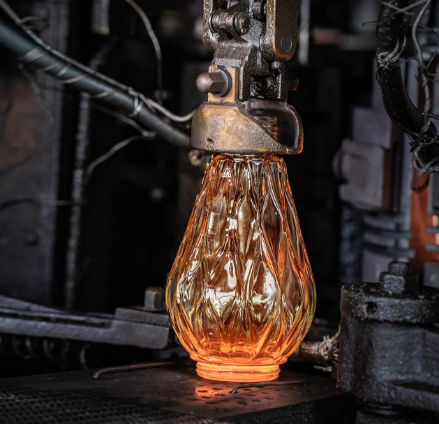
Sustainability in Modern Glass Manufacturing
Sustainability is a top priority for today’s brands and buyers. Glass is inherently sustainable—it’s 100% recyclable, can be reused endlessly without loss of quality, and is chemically inert. Leading manufacturers go further by:
-
Using high percentages of recycled glass (cullet) to reduce energy consumption and emissions
-
Investing in closed-loop water systems and renewable energy
-
Minimizing waste and maximizing resource efficiency
-
Offering lightweight designs to reduce shipping costs and carbon footprint
PauPack Bottles, for example, operates with an 80% closed-loop water system and 100% renewable energy for sustainable packaging production, helping clients achieve their ESG goals.
Customization and Brand Differentiation: The PauPack Advantage
In a saturated market, customization is key. PauPack Bottles stands out by offering:
-
A wide range of sizes (from 1 oz to 5 gallons) and shapes (round, square, heart, maple leaf, and more)
-
Color options including clear, amber, blue, green, black, and custom Pantone matches
-
Multiple finish options (labeling, screen printing, shrink sleeve, embossing, metallization, spray coating, laser engraving, acid etching)
-
Accessory suites: PCR plastic caps, bamboo droppers, corrugated mailers
-
3D design studio and rapid prototyping for new product development
-
Military-grade quality control and SOP compliance at every stage
Whether you’re a brand owner, distributor, wholesaler, or design agency, PauPack’s end-to-end service—from concept to delivery—simplifies your supply chain and accelerates your time to market.
Quality Control and Compliance for B2B Buyers
For B2B clients in food, beverage, cosmetics, and pharmaceuticals, quality and compliance are non-negotiable. Leading manufacturers like PauPack Bottles guarantee:
-
ISO 9001, FDA, BPOM, and EN certifications
-
Rigorous raw material testing, in-process checks, and final inspection
-
White-glove labeling and decoration services
-
Full documentation for audits and regulatory approvals
Customer Testimonials: Why B2B Brands Trust PauPack
“Working with PauPack has been a game-changer for our sustainable packaging goals. Their expertise in designing high-qualityglass bottleswith precise finishes perfectly matches our luxury brand’s requirements. The seamless production process and reliable delivery schedules give us complete confidence in their capabilities.”
— Sarah Thompson, Beauty Brand Owner
“PauPack’s technical precision in mold development and material innovation has exceeded our expectations. Their PCR plastic bottles not only meet our sustainability targets but also maintain exceptional clarity and durability, which is crucial for our products.”
— Michael Brooks, Food & Beverage Director
“PauPack stands out with their impeccable attention to detail and customer-centric approach. Their ability to create custom designs for our high-volume campaigns, without compromising quality or delivery timelines, sets them apart from other suppliers.”
— Jennifer Davis, Marketing Manager
How to Place Wholesale Orders and Manage Logistics
Sourcing Directly from Manufacturers
Buying directly from manufacturers like PauPack Bottles gives you more control over quality, customization, and pricing. Their digital catalog, sample request portal, and dedicated B2B service team streamline procurement and communication.
Sample Orders and Quality Assurance
Trial orders allow businesses to test for clarity, strength, finish, and brand fit before scaling up. PauPack offers fast sampling and detailed product documentation for every batch.
Negotiating Pricing and MOQ
Discuss projected volumes and customization needs for volume-based pricing, flexible minimum order quantities, and bundled offers (bottles, caps, labels, logistics).
Shipping and Logistics
PauPack’s logistics team supports multiple Incoterms (FOB, CIF, DDP) and partners with trusted freight carriers for safe, on-time delivery. Their global warehousing and agile logistics network minimize lead times and reduce costs.
After-Sales Support
PauPack provides ongoing support, troubleshooting, and advice on future packaging upgrades, ensuring long-term partnership value.
Trends Shaping the Future of Glass Manufacturing
-
Digitalization: Smart factories, real-time monitoring, and AI-driven quality control are raising standards and efficiency.
-
Eco-Innovation: Lightweighting, recycled content, and renewable energy are now standard for responsible manufacturers.
-
Customization at Scale: Advanced mold-making, 3D printing, and digital decoration allow brands to launch new SKUs quickly and cost-effectively.
-
Globalization: Manufacturers with robust export and compliance capabilities are best positioned to serve international B2B clients.
FAQs for B2B Buyers
Q1: What is the typical MOQ for custom glass packaging?
A: MOQs vary by manufacturer, design, and finish. PauPack offers flexible minimums to support both boutique and high-volume brands.
Q2: Can I order samples before placing a bulk order?
A: Yes. PauPack encourages sample orders for quality and design assessment.
Q3: Are PauPack’sglass bottlesfood- and pharma-safe?
A: Absolutely. All products are certified to ISO, FDA, and relevant international standards.
Q4: What customization options are available?
A: Shape, size, color, finish, labeling, screen printing, embossing, and more—PauPack offers over 30,000 design options.
Q5: How do you ensure on-time delivery for global orders?
A: With global warehousing, agile logistics, and DDP solutions, PauPack guarantees fast, reliable shipping to over 50 countries.
Q6: How sustainable is PauPack’s manufacturing process?
A: PauPack uses up to 100% renewable energy, 80% closed-loop water systems, and high recycled glass content.
Conclusion
Understanding how glass is made—from raw material selection to forming, finishing, and logistics—empowers B2B buyers to make better sourcing decisions, ensure product quality, and build sustainable, future-ready brands. The ten-step process outlined here forms the backbone of modern glass manufacturing, supporting a vast range of applications and customization needs.
At its core, glass manufacturing is an intricate and fascinating journey. It all begins with the careful selection and blending of key raw ingredients—silica (sand), soda ash, and limestone. These materials are subjected to intense heat in state-of-the-art furnaces, transforming them into a molten state where the magic truly happens. Each phase, from melting and refining to shaping and annealing, is precisely controlled to achieve the clarity, strength, and versatility that define quality glass.
By appreciating how each step—raw material sourcing, melting, forming, surface treatment, inspection, and agile logistics—interlocks, B2B buyers can better evaluate partners, anticipate timeline needs, and confidently address compliance or customization requirements. Whether for packaging, architectural, or specialty applications, understanding the science and craftsmanship behind glass not only enhances sourcing decisions but also unlocks new opportunities for innovation and differentiation in today’s market.
PauPack Bottles stands out as a trusted partner for global B2B clients, offering innovation, customization, sustainability, and end-to-end support. Whether you’re a brand owner, distributor, or design agency, PauPack’s expertise and commitment to excellence will elevate your packaging strategy and help you thrive in a competitive marketplace.
For more information or to request a quote, visit PauPack’s official site:https://paupacking.com/
Summary Table: Key Steps in Glass Manufacturing
| Step | Description | B2B Relevance |
|---|---|---|
| Raw Material | Silica, soda ash, limestone, alumina, recycled glass (cullet) | Impacts quality, cost, and sustainability |
| Batching | Precise weighing and mixing for consistency | Ensures batch-to-batch uniformity |
| Melting | Furnace at 1,500–1,700°C for homogeneous molten glass | High-efficiency furnaces reduce costs/emissions |
| Fining | Removal of bubbles and homogenization | Ensures clarity and strength |
| Conditioning | Cooling to working temperature for forming | Prevents defects, ensures processability |
| Forming | Blow-and-blow, press-and-blow, tubing, casting | Customization, speed, and design flexibility |
| Annealing | Controlled cooling to relieve stress | Ensures durability and thermal shock resistance |
| Surface Treat | Hot-end/cold-end coatings for strength and processability | Reduces breakage, improves filling/transport |
| Inspection | Automated/manual checks for defects, compliance | Guarantees quality and regulatory compliance |
| Decoration | Printing, labeling, embossing, spray coating, etc. | Brand differentiation and shelf appeal |
| Packing/Logistics | Careful packing, global shipping, DDP solutions | Minimizes breakage, ensures timely delivery |





